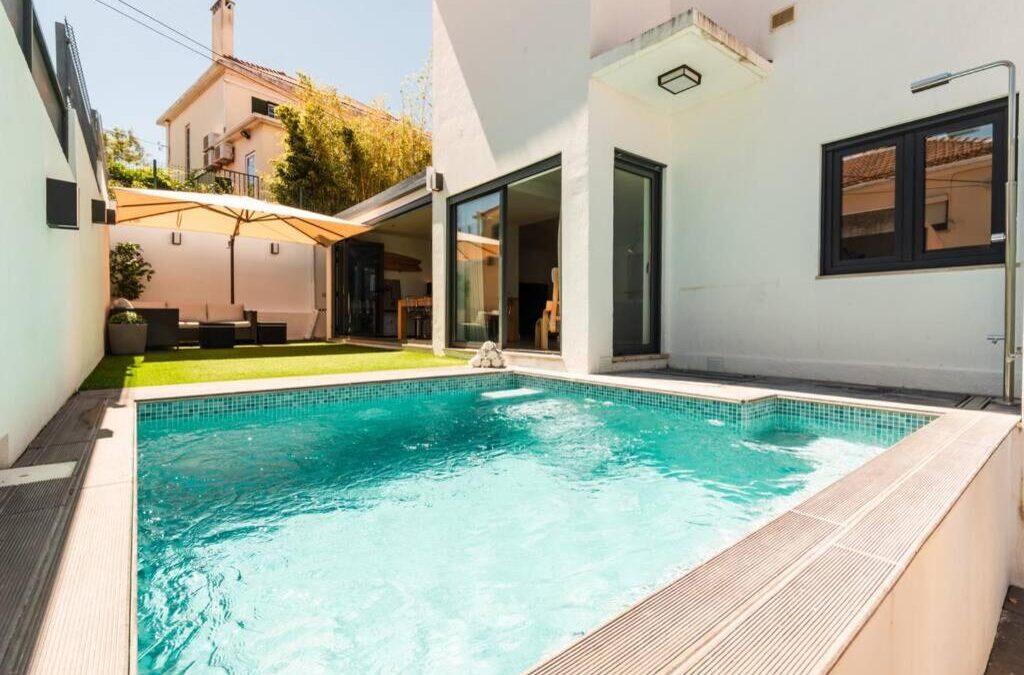Maintaining the right pH level in your pool is essential to keep it safe and enjoyable for swimmers. If the pH in your pool is too high, it can lead to discomfort, weaken chlorines effectiveness, and cause damage to the pool equipment. Understanding how to manage and lower high pH levels is crucial for pool owners. In this guide, we will explain how to lower pH in your pool effectively, ensuring your pool remains a refreshing oasis.
In this detailed article, we will explore methods to reduce high pH levels in a swimming pool, discuss why it is important, and guide you through the process step-by-step. Whether you are new to pool maintenance or a seasoned pool owner, this guide will help you maintain a balanced and healthy swimming environment.

Understanding Pool pH
pH is a measure of how acidic or basic your pool water is, on a scale of 0 to 14. Ideally, pool pH should be between 7.2 and 7.8. Higher levels can lead to scaling and cloudy water, while lower levels can cause corrosion and skin irritation.
Why Lowering Pool pH is Important?
Keeping the pH level balanced is vital for proper pool care. High pH levels can render sanitizers like chlorine less effective, potentially leading to algae growth and bacteria buildup. Moreover, it can cause discomfort, making your pool less inviting.
Consequences of High pH Levels
High pH levels can result in various issues, such as:
- Skin irritation and eye discomfort.
- Calcium scaling on pool surfaces and equipment.
- Cloudy water and reduced sanitizer effectiveness.
Testing Your Pools pH Levels
To manage your pools pH accurately, you must first test it regularly. Use a reliable pool testing kit to measure the pH level during maintenance. Most kits provide a simple color-coded scale to determine if adjustments are necessary.
Methods to Lower Pool pH
Multiple methods can help you manage your pools pH levels effectively:
1. Using pH Reducers
Commercial pH reducers, also known as pH minus, are commonly used to lower pH. These products are formulated to bring down pH levels quickly and are available in liquid or granular form.
2. Employing Muriatic Acid
Muriatic acid is a common chemical used to lower pH in pools. It’s important to handle this acid carefully, following manufacturer guidelines to avoid hazards.
3. Opting for Sodium Bisulfate
Sodium bisulfate is another option to lower pool pH safely. This powder form of acid is user-friendly, making it a popular choice among pool owners.
Step-by-step Guide to Lowering pH in Your Pool
1. Test the Pool Water
Before adjusting, test your pool water to confirm the pH level needs reducing.
2. Calculate the Required Amount
Determine the correct amount of pH reducer needed, based on the volume of your pool and the degree of pH correction required.
3. Add the pH Reducer
Carefully add the recommended amount of pH reducer to your pool. Distribute it evenly for optimum results.
4. Re-test and Adjust
After waiting for about 4 hours, re-test your pools pH level. Adjust as necessary to ensure it falls within the desired range.
Preventive Steps to Maintain Optimum pH Levels
Consistent vigilance can help maintain your pools pH levels, preventing drastic adjustments in the future:
Regular Testing
Conduct regular tests to ensure your pool remains at a safe pH level, facilitating a healthier swimming environment.
Balance Alkalinity
Ensure total alkalinity is properly balanced as it aids in stabilizing your pools pH levels.
Avoid Over-cleaning and Over-treatment
Using too many chemicals or hypochlorous acid can cause significant fluctuations in your pools pH levels. Practice moderation for consistent pool chemistry.
Frequently Asked Questions
Why does my pools pH keep rising?
This could be due to high alkalinity, evaporation and adding fresh water, or the excessive use of chlorine. Regular monitoring and adjusting alkalinity can help.
Can I swim immediately after adding a pH reducer?
It is recommended to wait at least 4 hours and re-test the water before swimming. This ensures chemical levels have normalized.
What are natural ways to lower pool pH?
Rainwater can naturally lower pH. Opting for natural methods like vinegar is less effective and could require larger amounts unsuitable for pool use.

Conclusion
Proper pool maintenance is critical in ensuring a clean, safe, and enjoyable swimming experience. By understanding how to lower pH in a pool and taking appropriate measures, you contribute positively to its longevity and utility. By adhering to consistent testing, and making necessary adjustments, you can ensure your pool stays balanced all season long. For more details and step-by-step instructions on swimming pool care, you might find the detailed guidance from this resource helpful.
To learn more about home improvement and pool management, you may also refer to information on swimming pool upgrades that offer detailed insights into home enhancement practices. You can find insightful guides like determining what size drill press or understanding throat capacity of tools on [Nolix AI](https://nolix.ai).
This article contains affiliate links. We may earn a commission at no extra cost to you.

